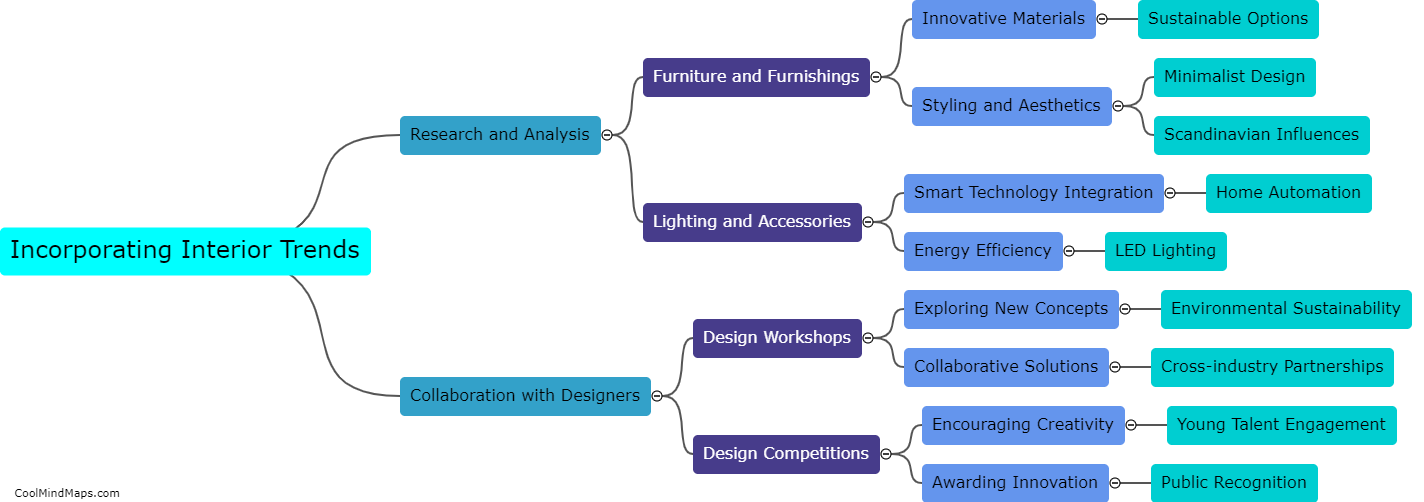What evidence shows the malicious intent of the Respondent?
In order to establish malicious intent on the part of the respondent in a legal context, various types of evidence may be presented. This evidence can include explicit statements or actions, such as documented threats, direct harm caused to the plaintiff, or explicit acknowledgement of harmful intent. Additionally, indirect evidence can also be presented, which may consist of a pattern of behavior indicating a deliberate intention to harm or deceive the plaintiff. This can include actions taken to hide or destroy evidence, repeated instances of dishonesty, or deliberate attempts to mislead or manipulate others. The presentation of such evidence is crucial in demonstrating the respondent's malicious intent and strengthens the plaintiff's case in seeking appropriate legal remedies.

This mind map was published on 26 October 2023 and has been viewed 72 times.











